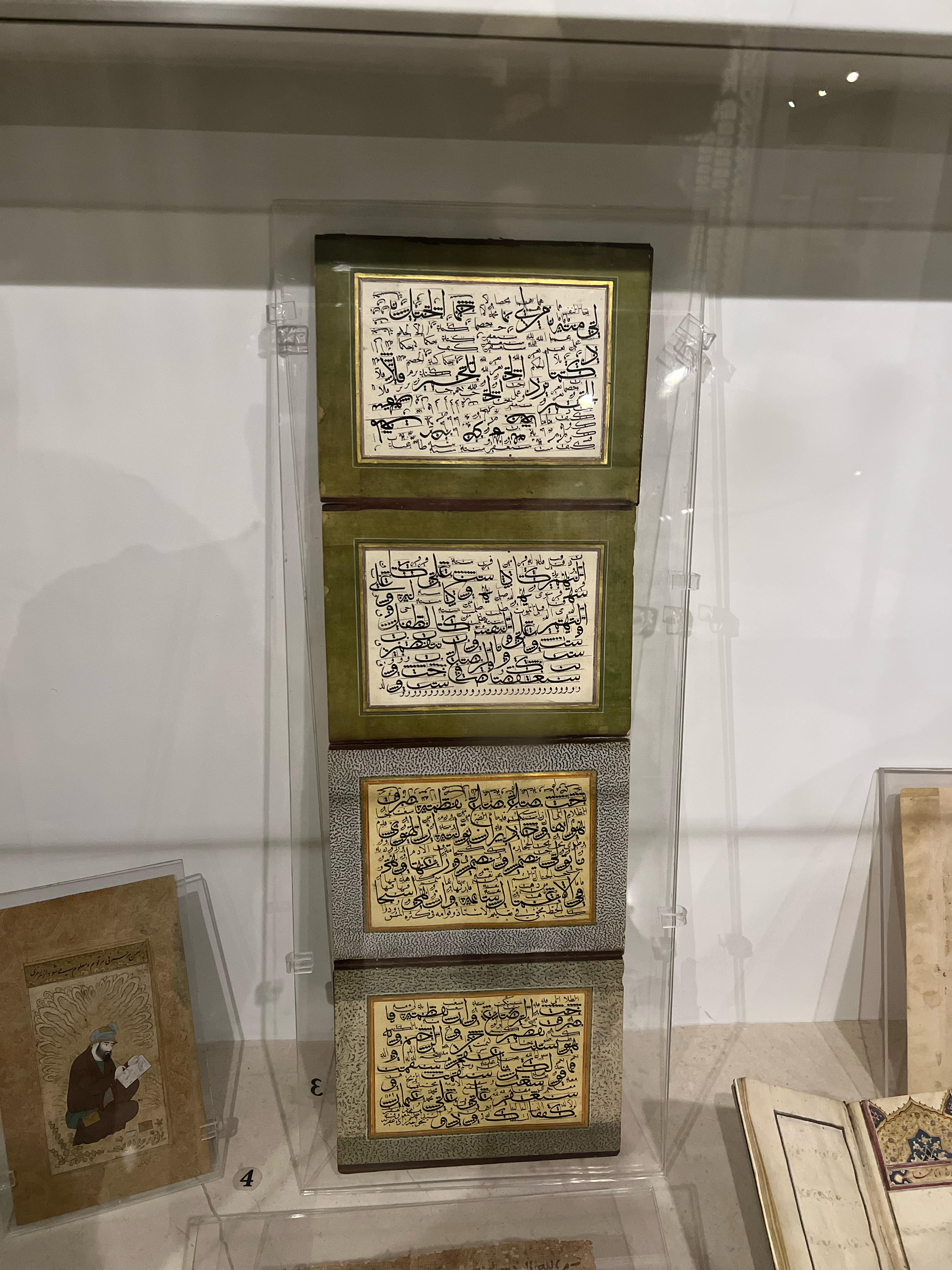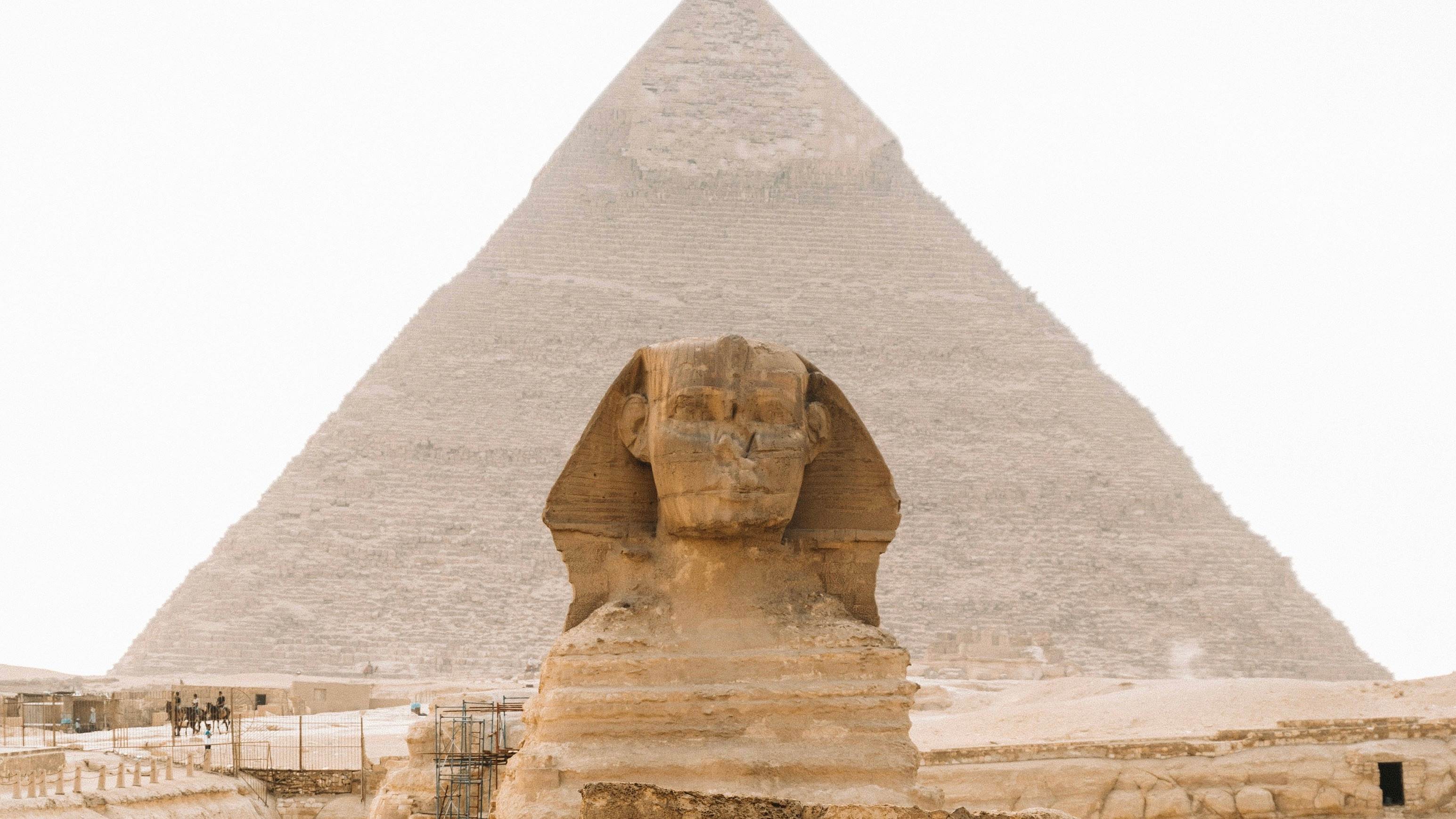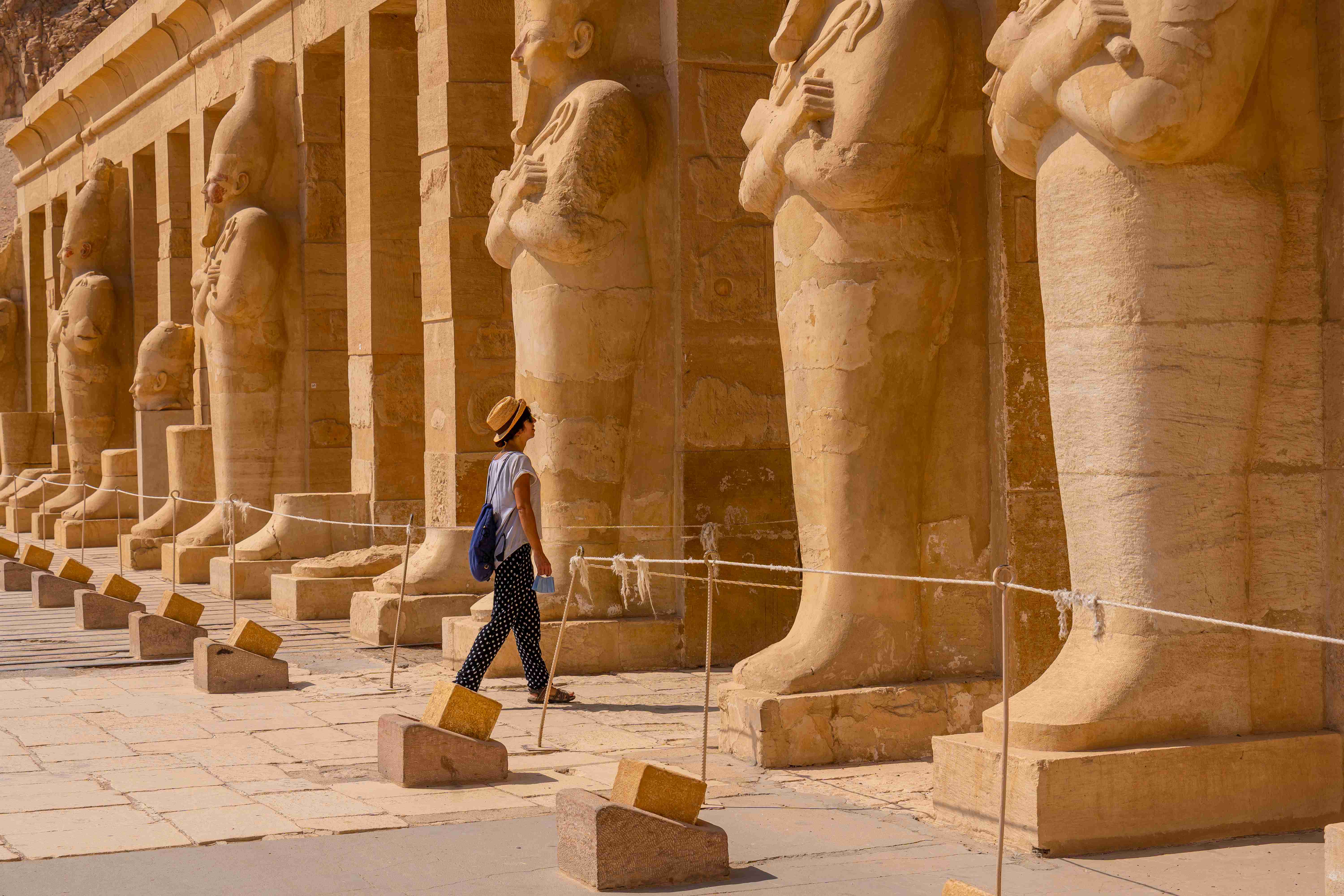
The Mystery of King Tutankhamun's Tomb and His Fame
The Mystery of King Tutankhamun's Tomb and His Fame
Egypt has the largest civilization in history, which is the ancient Egyptian civilization, which dates back to 3000 B.C. The history of Egypt is the history of human civilization, as the Egyptian man created and presented an ancient civilization that preceded the civilizations of the peoples of the world. So, we will talk about one of the most important boy pharaohs, King TUTANKHAMUN, who is a famous pharaoh.
The Boy King Who Became a Legend


King Tutankhamun. The name itself conjures images of gold, mystery, and the wonders of ancient Egypt. But why, among all the pharaohs who ruled the land of the Nile, is Tut so incredibly famous? He wasn't the most powerful, the longest-reigning, or even the most significant ruler. The answer lies in a combination of historical circumstance, archaeological serendipity, and a dash of good old-fashioned public fascination.
A Tomb Untouched:
The most significant factor contributing to Tut's fame is undoubtedly the discovery of his tomb in 1922 by Howard Carter. Unlike many other royal tombs that had been looted over the centuries, Tutankhamun's tomb was remarkably intact. While not overflowing with riches as some might imagine, it contained a treasure trove of over 5,000 artifacts, including the iconic gold burial mask, elaborate sarcophagi, furniture, jewelry, and even everyday items that offered a glimpse into the life of a young pharaoh. The sheer volume and exquisite craftsmanship of these objects stunned the world and ignited a renewed interest in ancient Egypt.
WHO IS TUTANKHAMUN?
Tutankhamun is the son of Akhenaten and the Younger Lady, He was born in Amarna, and his spouse was the daughter of Akhenaten and Nefertiti Ankhesenamun ( his half-sister ). Tutankhamun have siblings, Ankhesenamun, Neferneferuaten Tasherit, Smenkhkare, Meritaten, Neferneferure, Setepenre, and Meketaten. Tutankhamun.
In the years before Tutankhamun ruled, Egypt was going through a period of great uprising so King Amenhotep IV Tut’s father changed his name to Akhnaten relative to the Aten, and named his son Tutakhnaten which means a living image of Aten after the king Akhnaten died and Tutaknaten he throned he changed it to Tutankhamun which meant ‘ living image of Amun’ the Egyptian God of the Air.
Related Articles

Hidden Egypt Sightseeing
Once Egypt is mentioned as a fantastic travel destination, we think about Pyramids, Egyptian Museum and Bazaar Khan El Khalili. However, there are many more places to visit. Egypt never ceases to amaze anyone who visits. Egypt is home to the world’s greatest civilization and unique historical sites.Hidden gems in Egypt that you might not miss during your Egypt Travel Package.

Start your adventure in Egypt
As the cradle of one of the world's oldest civilizations, Egypt continues to captivate the hearts and minds of travelers from across the globe. From the iconic pyramids of Giza to the serene waters of the Nile, and the bustling bazaars of Cairo, Egypt offers a wealth of history, culture, and adventure for intrepid explorers. Let's embark on a magical journey through this captivating land and uncover the treasures that await those who venture to Egypt.

Uncover the Ancient Egypt Treasures
Where the Past Comes to Life. Egypt is frequently regarded as the birthplace of civilization because of its majesty and mystique. With fascinating stories of pharaohs, colossal structures, and unimaginable wealth, it has a rich history spanning thousands of years. The wonders of ancient Egypt that have enthralled tourists for centuries will be revealed on this voyage for those who wish to visit the top archaeological sites in Egypt.
